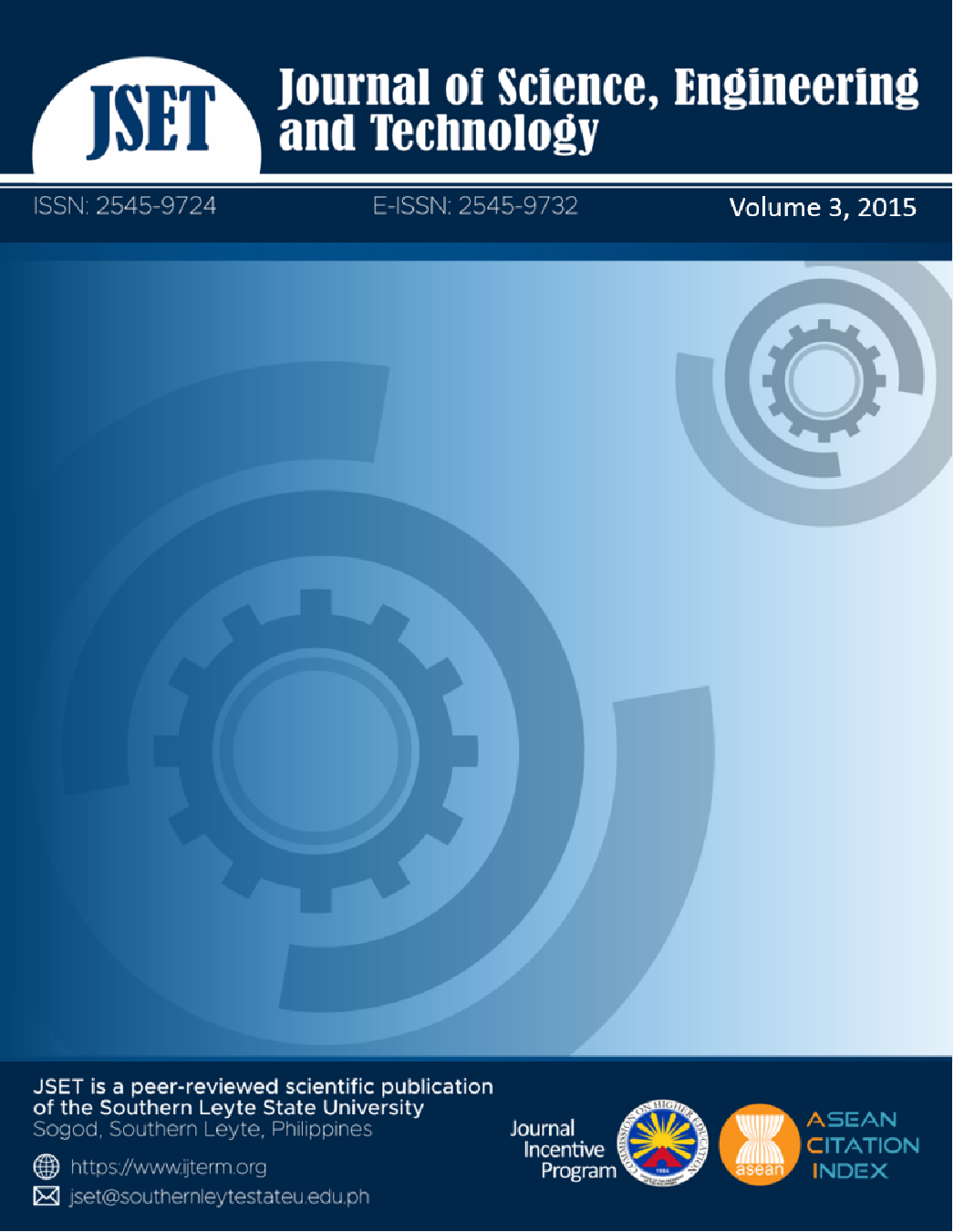Crown-of-Thorns Starfish (Acanthaster planci) Population Control Technique and Management Strategies Designed for Developing Country
DOI:
https://doi.org/10.61569/p01ysx18Keywords:
COTS, COTS population control, starfish, Veldspar Spot GunAbstract
Acanthaster planci commonly known as crown-of-thorns starfish (COTS) is a natural predator of hermatypic corals, and it controls fast growing corals like species of Acropora. However, when the density of COTS on a reef reaches such levels that corals are being consumed faster than they can grow - termed as ‘outbreak” - then that is the time to engage in controlling COTS population in order to protect and conserve coral communities where fishing and tourism industry like in the Philippines depends on it. The goal of COTS population control techniques is to regulate COTS population outbreak in developing country like the Philippines using environment-friendly, cheap and safe methods. The process of COTS Population control techniques and management strategies includes: 1) baseline information or assessment of COTS population and distribution including spawning season, 2) coordination, and 3) planning with the different stakeholders including the local government units and business sectors, and 4) implementation of COTS population control techniques using cheap concentrated salt solution using improvised COTS gun that is easy to make and install. The total cost for the first operation is PhP 3492.00 or PhP 2.03/starfish, and this will reduce into PhP 1,160.00 PhP 1.2/starfish in the next operation. This is cheaper than bounty system of PhP 5.00-10.00/starfish in Caohagan Island and Sogod Bay, Southern Leyte and SCUBA Diving using dry acid with Veldspar Spot Gun of about PhP 10,050.00 0r PhP 41.00/starfish for the equipment and dry acid.
Downloads
Published
Issue
Section
License

This work is licensed under a Creative Commons Attribution 4.0 International License.
This is an open access article distributed in accordance with the Creative Commons Attribution 4.0 Unported (CC BY 4.0) license, which permits others to copy, redistribute, remix, transform and build upon this work for any purpose, provided the original work is properly cited, a link to the license is given, and indication of whether changes were made. See: Creative Commons Attributions 4.0 International License.








